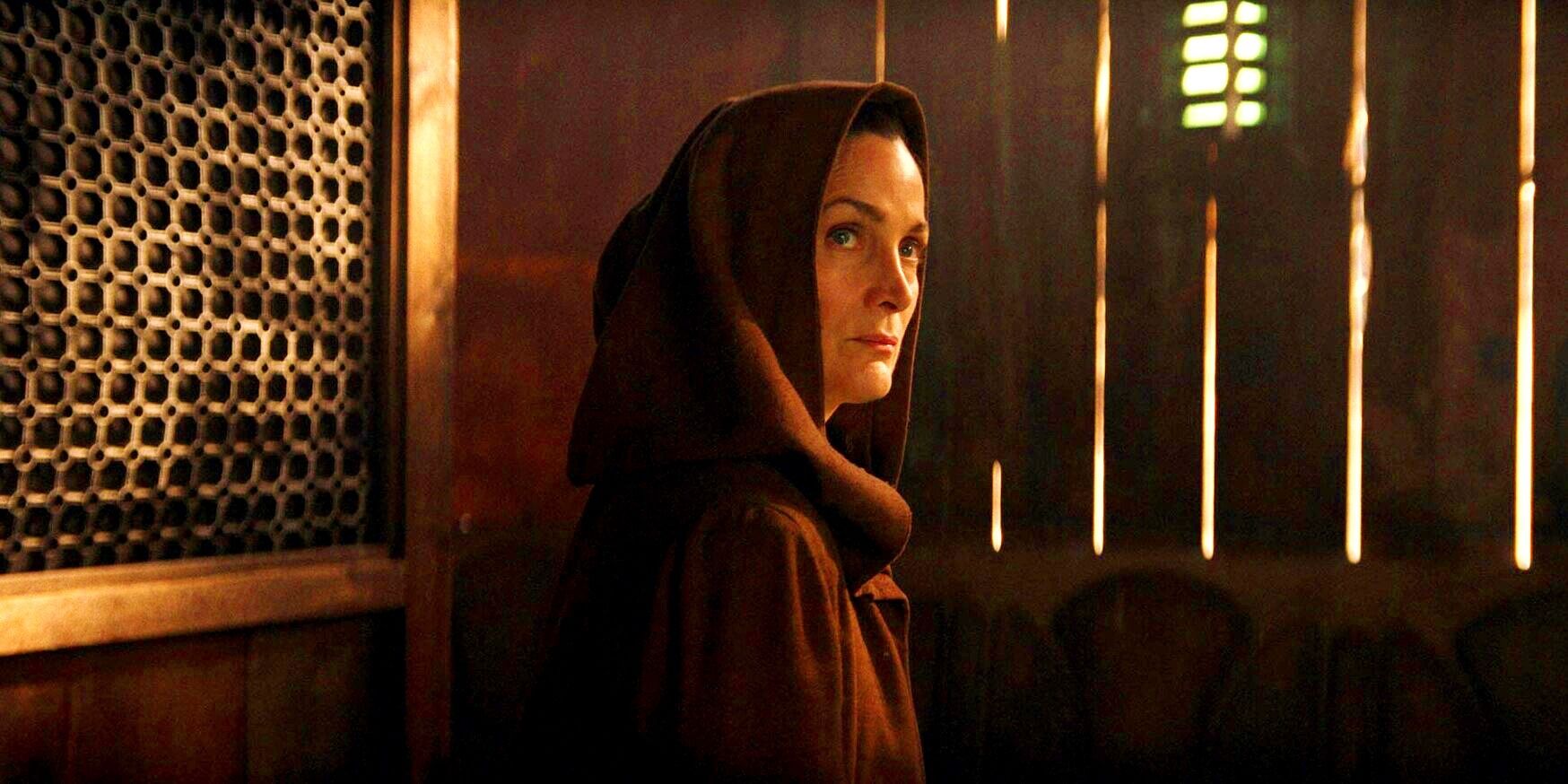Indara

Master indara – Indara is a concept with a rich and diverse history and cultural significance. It holds a central place in various traditions, carrying profound religious, philosophical, and artistic implications.
Master Indara’s teachings have left an enduring legacy, inspiring countless followers to seek enlightenment. However, for those eager to learn more about the acolyte’s upcoming release, what time is the acolyte coming out ? The anticipation is palpable, as Master Indara’s wisdom continues to resonate, guiding seekers on their path.
Origins and Historical Evolution
The concept of Indara has its roots in ancient Vedic texts, where it is mentioned as the realm of Indra, the king of the gods. Over time, the idea of Indara evolved and expanded, incorporating elements from different cultures and religious traditions.
Master Indara, a renowned astrophysicist, closely observed the starliner launch. This historic event marked a significant milestone in space exploration, propelling humanity further into the cosmic frontier. Master Indara’s expertise in celestial mechanics and unwavering dedication to the pursuit of knowledge made him an invaluable observer of this momentous occasion.
Cultural and Religious Significance
In Hinduism, Indara is considered the abode of the gods, a realm of beauty, abundance, and happiness. It is associated with the divine and the sacred, representing the highest aspiration for liberation and enlightenment.
Master Indara’s teachings have inspired many, including those who have gone on to become influential figures in the world of spirituality. Among them is the cast of the upcoming television series, The Acolyte , who have drawn inspiration from Master Indara’s wisdom in their portrayal of characters who seek enlightenment and spiritual growth.
In Buddhism, Indara is known as Indra’s Heaven, a realm of celestial beings who have attained a high level of spiritual development. It is a place of peace, tranquility, and joy, where the Buddha himself is said to have resided.
Symbolism and Iconography
Indara is often depicted in art and literature as a celestial paradise, adorned with beautiful gardens, palaces, and celestial beings. The iconography associated with Indara varies across cultures, but common symbols include the thunderbolt, the elephant, and the lotus flower.
Indara in Contemporary Contexts

The concept of Indara has been gaining renewed interest in contemporary times, finding expression in various fields of art, literature, and popular culture. Its influence is also evident in modern spiritual and philosophical thought, and it continues to hold relevance in addressing current societal issues.
Indara in Art and Literature
In the realm of art, Indara has inspired numerous works that explore themes of beauty, perfection, and transcendence. Paintings, sculptures, and installations often depict Indara as a symbol of divine grace and the unattainable ideal. In literature, Indara serves as a motif in works that delve into the human quest for meaning and purpose, often representing the elusive nature of perfection and the search for enlightenment.
- In her novel “The God of Small Things,” Arundhati Roy uses the metaphor of Indara to symbolize the unattainable perfection that the protagonist seeks.
- In the film “The Tree of Life,” director Terrence Malick depicts Indara as a cosmic force that guides and shapes the lives of the characters.
Indara in Spiritual and Philosophical Thought, Master indara
Indara has also had a profound impact on modern spiritual and philosophical thought. Its emphasis on the interconnectedness of all beings has resonated with proponents of new age spirituality and mindfulness practices. Indara has also influenced the development of transpersonal psychology, which explores the spiritual and transcendent aspects of human experience.
- The teachings of Eckhart Tolle, a contemporary spiritual teacher, draw heavily on the concept of Indara and emphasize the importance of living in the present moment.
- The philosophy of deep ecology, which advocates for the intrinsic value of nature, is rooted in the belief that all living beings are connected in a web of Indara.
Indara and Societal Issues
The concept of Indara also holds relevance in addressing current societal issues. Its emphasis on compassion and interconnectedness can inspire efforts to promote social justice, environmental sustainability, and interfaith dialogue.
- The concept of Indara has been used to challenge discrimination and promote inclusivity in various social movements.
- Environmental activists have drawn on the idea of Indara to highlight the interconnectedness of all living beings and the need for sustainable practices.
Indara: A Comparative Study: Master Indara

Indara, a concept found in various cultures and belief systems, embodies the essence of an idealized state of existence. Across different traditions, Indara manifests in diverse forms, reflecting the unique cultural, historical, and spiritual perspectives of each society.
Comparative Analysis
Comparing the concept of Indara across cultures reveals both similarities and differences in its understanding and portrayal. In many traditions, Indara is associated with a realm of bliss, perfection, and eternal happiness. However, the nature of this realm and the means of achieving it vary significantly.
In Buddhism, for instance, Indara (known as Indra) is a deity associated with the realm of Trāyastriṃśa, a heavenly abode inhabited by the gods. This realm is characterized by sensual pleasures and long life but is still subject to suffering and impermanence. In contrast, in Hinduism, Indra is the king of the gods and resides in Svarga, a heavenly realm of pure joy and everlasting bliss.
Another notable difference lies in the understanding of the path to Indara. In some traditions, such as Christianity, Indara is seen as a distant goal that can only be reached after death through divine grace or righteous living. In other traditions, such as Taoism, Indara is seen as a state of harmony and balance that can be achieved through cultivation of the inner self and alignment with the natural order.
Cross-Cultural Influences and Exchanges
The concept of Indara has been shaped by cross-cultural influences and exchanges throughout history. For example, the Buddhist concept of Indara was influenced by the Hindu tradition, with Indra being a central figure in both mythologies. Similarly, the Christian concept of heaven has been influenced by the Greek and Roman beliefs in an afterlife.
These cross-cultural exchanges have contributed to the diverse manifestations of Indara across different cultures. They have also led to the emergence of new interpretations and adaptations of the concept, reflecting the unique spiritual and cultural needs of each society.
Master Indara’s wisdom and teachings continue to inspire those who seek spiritual guidance. For those eager to delve deeper into his teachings, watch the acolyte online free to witness his profound insights and connect with his enduring legacy. Master Indara’s teachings provide a path to inner peace, self-discovery, and a deeper understanding of the universe.
Master Indara’s teachings on spiritual enlightenment resonated deeply with his acolytes. They eagerly sought knowledge and guidance, much like the discerning audience of acolyte rotten tomatoes. With unwavering devotion, they absorbed every word, their minds expanding like lotus petals unfolding in the sunlight.
Master Indara’s wisdom transformed their lives, illuminating their path towards inner peace and spiritual awakening.